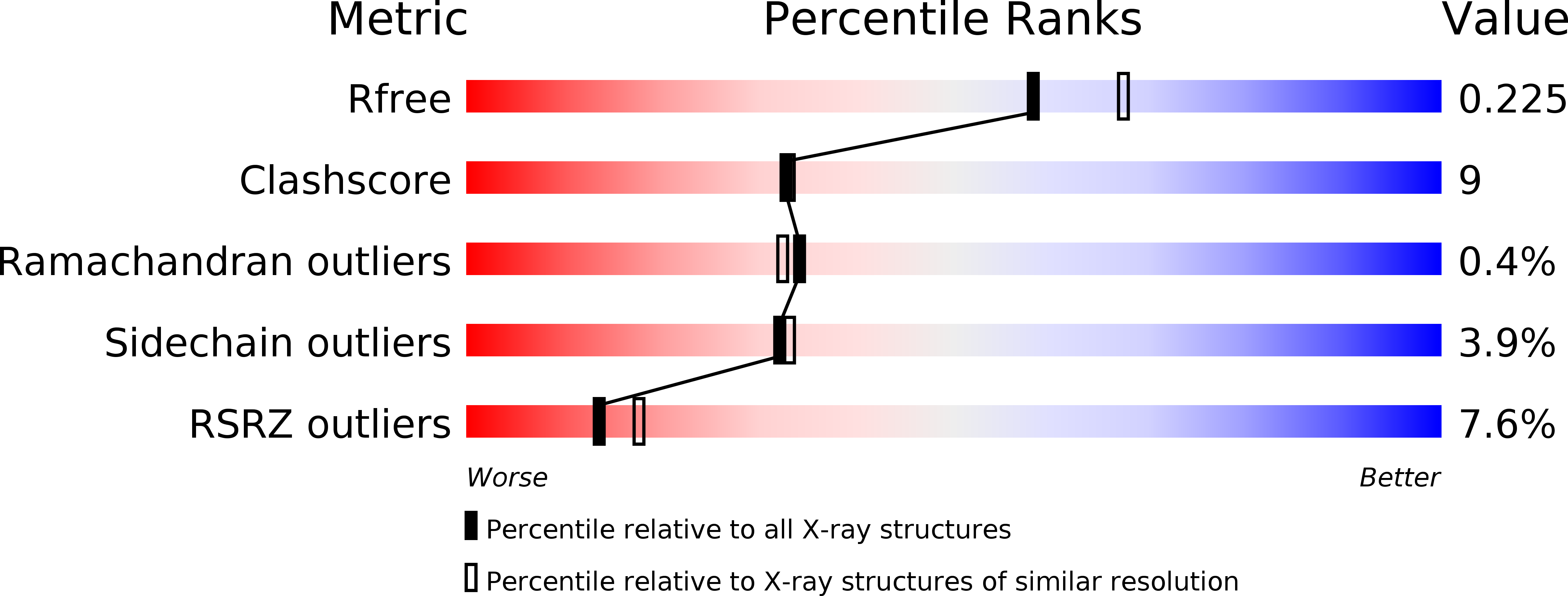
Deposition Date
2009-02-02
Release Date
2009-05-05
Last Version Date
2024-11-27
Entry Detail
PDB ID:
3G3O
Keywords:
Title:
Crystal structure of the cytoplasmic tunnel domain in yeast Vtc2p
Biological Source:
Source Organism:
Saccharomyces cerevisiae (Taxon ID: 4932)
Host Organism:
Method Details:
Experimental Method:
Resolution:
2.10 Å
R-Value Free:
0.23
R-Value Work:
0.19
R-Value Observed:
0.20
Space Group:
P 21 21 21


